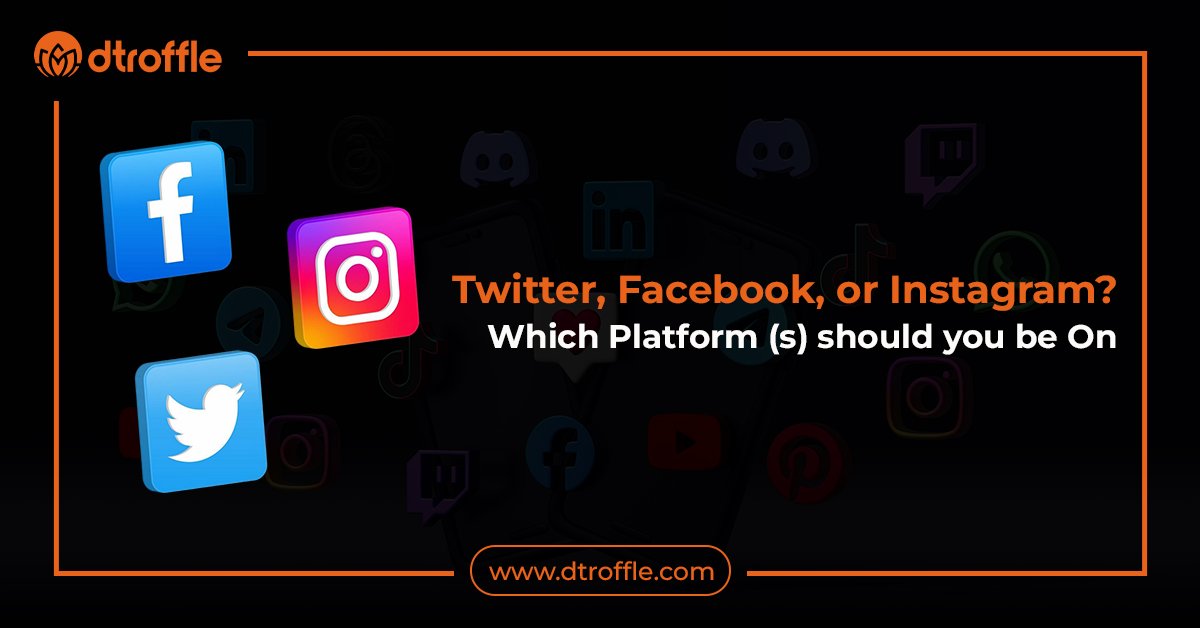In a world where consumers are bombarded with ads every second, brands that tell authentic and compelling stories stand out. Storytelling isn’t just a marketing tactic—it’s a powerful way to create emotional connections, build brand loyalty, and drive conversions.
But what makes a brand story effective? And how can businesses craft a narrative that resonates with their audience? Let’s dive into the power of storytelling and how you can use it to make your brand unforgettable.
Why Storytelling is Essential for Branding
1. Emotional Connection Builds Loyalty
People don’t just buy products; they buy emotions and experiences. A great brand story taps into emotions, making consumers feel connected and loyal to your brand. Think of Apple—its story isn’t about selling gadgets, but about innovation, creativity, and thinking differently.
2. Differentiation in a Crowded Market
With thousands of brands competing for attention, storytelling helps you stand out. Your unique brand narrative sets you apart from competitors offering similar products or services.
3. Increases Engagement & Memorability
A well-crafted story sticks with people longer than product specifications or pricing. According to studies, people remember stories 22 times more than facts alone. This is why brands like Nike and Coca-Cola focus on emotional storytelling rather than just product features.
Elements of a Compelling Brand Story
To create a narrative that sells, your story must have these key elements:
1. A Relatable Hero (Your Audience)
The best brand stories make the customer the hero, not the company. Show how your product or service helps them overcome a problem or achieve their goals.
Example: Airbnb doesn’t just promote home rentals; it tells stories about travelers experiencing the world like locals, making customers the center of their brand narrative.
2. A Clear Conflict (The Problem)
Every great story has a challenge or conflict. Identify the pain point your audience faces and highlight it in your messaging.
Example: Nike’s iconic “Just Do It” campaign focuses on the struggles and triumphs of athletes, motivating people to push beyond their limits.
3. A Transformational Journey (Your Solution)
Your brand should act as a guide that helps the hero (your customer) overcome their challenges and succeed.
Example: Dove’s “Real Beauty” campaign challenges traditional beauty standards, empowering women to embrace their natural beauty with Dove products supporting them along the way.
4. Authenticity & Consistency
Consumers can spot fake stories. Make sure your brand story aligns with your values, mission, and customer experience.
Example: Patagonia’s environmental commitment isn’t just a marketing gimmick; they actively donate profits to sustainability causes, reinforcing their brand story.
How to Implement Storytelling in Your Branding
- Define Your Core Message – What’s the central theme of your brand’s story? Keep it clear and simple.
- Use Customer Testimonials & Case Studies – Real-life stories from customers can be more impactful than polished marketing messages.
- Leverage Visual Storytelling – Videos, infographics, and compelling imagery can enhance your brand’s narrative.
- Integrate Storytelling Across Channels – Whether it’s on social media, your website, or ads, maintain a consistent brand story.
- Make It Shareable – A great story should inspire people to share it with others, amplifying your brand reach organically.
Conclusion
Storytelling in branding isn’t just about marketing—it’s about creating meaningful connections with your audience. The right narrative can turn customers into loyal advocates and help your brand stand out in a crowded market.
So, what’s your brand’s story? Start crafting it today and make an impact that lasts!









